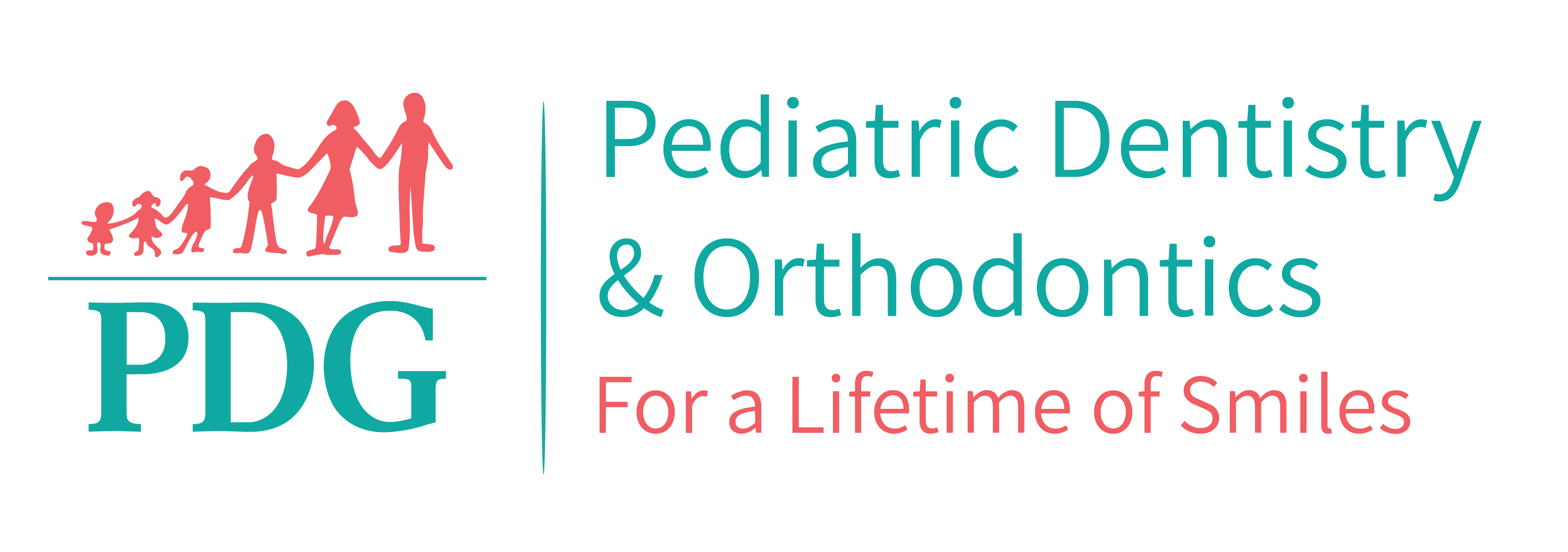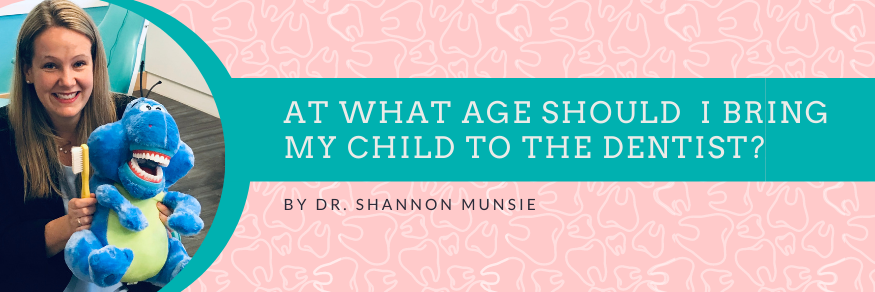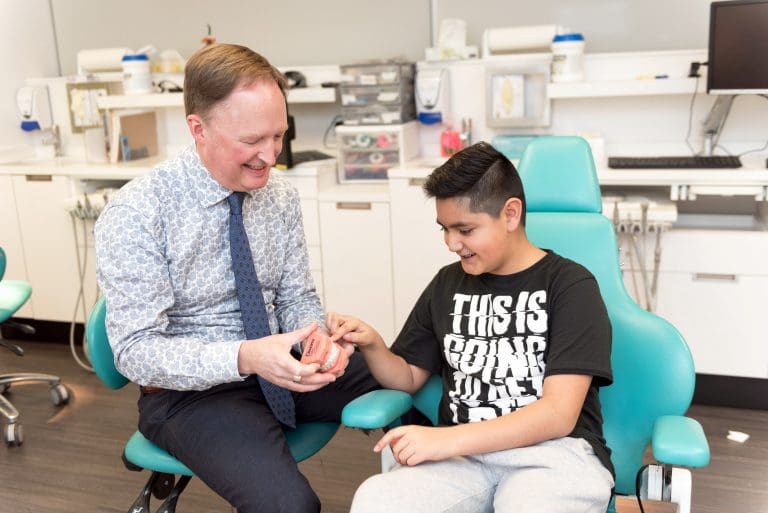As a pediatric specialist, one of the most common questions that I am asked by my friends and family is “when should I bring my child for their first visit to the dentist?”
The Canadian (and American) Academy of Pediatric Dentistry recommend seeing a pediatric dentist within 6 months of eruption of the first tooth, or at age 1. I am pleased to hear that many families in BC already know about the age 1 dental visit. But there are still some people who are surprised by this answer, including my parents – apparently, they didn’t bring me to the dentist until I was a bit older. Lucky for them, Dr. Scheideman still helped me stay cavity-free throughout my school-aged years, but there are lots of good reasons to follow the recommendation for an age 1 dental visit.
The age 1 dental visit is for you to get to know your dentist and team, and for us to meet and learn about you and your child. We would then be your dental home – The place you can call if your child has an emergency such as a broken front tooth from a fall, or has tooth pain. The age 1 dental visit is an informative visit and you will have a chance to ask any questions about caring for your child’s teeth and mouth.
There are 6 topics that we like to discuss with you at the age 1 dental visit (per the American Academy of Pediatric Dentistry):
1. Brushing: We demonstrate brushing and are happy to answer questions about brushing your child’s teeth. Your baby will probably cry when we brush and examine the teeth and mouth but will recover quickly after (and we will get them a prize!). We are very, very used to this and hope we can help you feel comfortable too.
2. Fluoride: We will demonstrate the age-appropriate amount of fluoridated toothpaste to place on your child’s toothbrush. Our drinking water is not fluoridated, so fluoridated toothpaste and application of fluoride varnish at your dentist are especially important for us British Columbians.
3. Diet: We will ask you questions to learn about your child’s diet, how often they get milk, and can discuss individualized strategies for cavity prevention.
4. Trauma: It is common for toddlers to fall and bump their teeth or mouth on things like the bathtub, a coffee table, or a stair. We will talk to you about what to expect if this happens to your child or someone you know.
5. Habits: Pacifiers are important and beneficial for infants, but use after age 1 can flare the front teeth and cause an open-bite (where the top teeth don’t overlap with the bottom teeth). We can talk to you about habit-breaking strategies and timing.
6. Anticipatory guidance: We are happy to answer questions about the order and timing of when teeth erupt and exfoliate (fall out). We will assess your child’s bite, crowding, growth and development and tooth mobility, and risk for future cavities.
 But is it even possible for my baby to have cavities at this age?
But is it even possible for my baby to have cavities at this age?
Yes. Especially if your child gets milk on-demand or at night. We have several preventative and conservative options for managing small cavities if we catch them early. If a cavity grows until your child is 2 or 3, more involved treatment may be indicated. Some toddlers are highly susceptible to cavities and they grow quickly – the enamel and dentin of baby teeth are thinner and less mineralized than permanent teeth.
Also, we look at more than just teeth! Oral pathology is rare in children, but we look at the entire face and mouth, and gums to make sure your baby is healthy. There are cases where pediatric dentists have identified pathology in the mouth before there were other symptoms. For example, if baby teeth are loose at an age when they shouldn’t be, we would look into this further, consider x-rays or referrals as needed.


